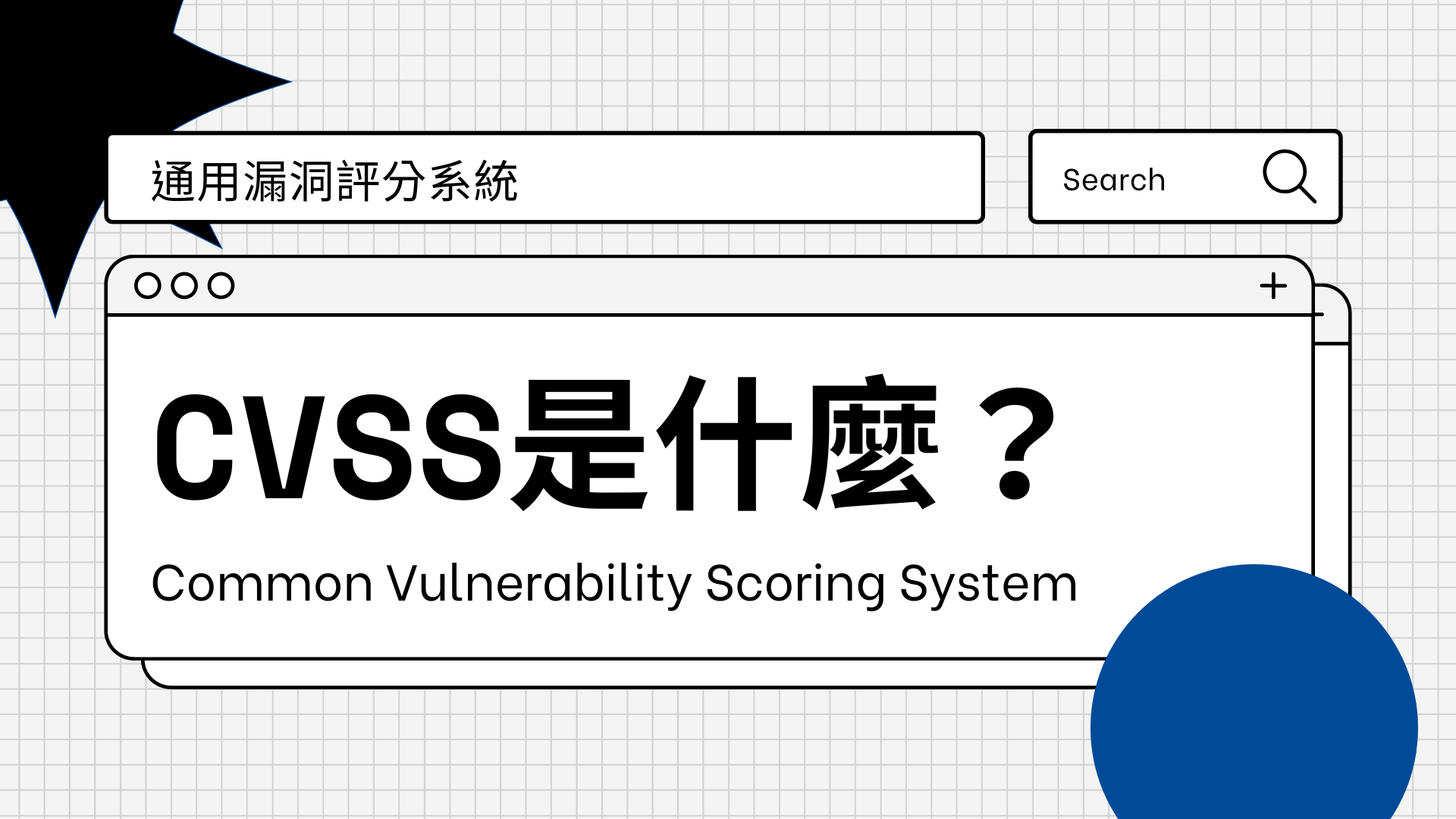
The Easiest Way to Understand Product-Fit and Product-Market-Fit
July 29, 2021
What are product-fit and product-market-fit?
When a startup company tries to expand their business, no company can get hundreds of customers on their first day. In the beginning, no one was aware of the solution. In fact, if the company just started, the company may have a solution to solve some issues, but most likely the solution is not verified yet and the company doesn't know whether there will be customers who really need to solve those issues or not.
In startups, we often categorize the growing stages into product-fit stage and product-market-fit stage. After those stages, the startup will be in the scale stage. It is easy to understand the concept that any product needs to have customers, and those customers need to come in certain volumes and the number of customers should grow in the course of time. However, since it is just a concept, as I explore a new solution, I found it difficult to apply these concepts into an action. Plus I found out that even though many know about these concepts, how people understand and imagine these concepts is different.
I believe it is okay to have a variety of definitions of these concepts because there are multiple ways to grow business. And, I believe every way is the correct way as long as it generates growth for the business. But if we work in a team to develop a new business, each member needs to have the same understanding for each stage. Explanations below are my definitions of product-fit stage and product-market-fit stage which I usually share with others.
Product-fit stage
The simple way to explain product-fit stage is that product-fit stage is to find initial paying customers. This is the stage of validation of whether we can find customers for our solution or not. In this stage, knowing the issue the customer has is more important than getting a number of customers. Therefore, the number of customers is not important. The important part is to make sure that the provided solution is solving customers' issues. Solving doesn't mean simply solving issues in a literal way, but for the customers to agree and to have the will to pay for the solution in order to use the solution.
If there are multiple customers, there should be some common characteristics among them. These common characteristics are the criteria for initial target so identifying those characteristics is important for the business to move on.
Once we find out the solution works for certain characteristics of people or companies to solve their issues, I think it is good to say that the product-fit stage has succeeded. In my guideline for B2B SaaS business, I believe finding 5-10 customers is enough for the product-fit stage. Revenue can vary depending on the solution and target. As a person working in B2B SaaS business, one of the key metrics is to exceed 10,000 USD for Annual Recurring Revenue in this stage. The timeline also depends on how fast the solution can expand. As a standard, starting from the initial stage when an idea just came out, I expect 5-10 customers can be reached within the first 18 months. In fact, many seed investors invest amounts when a startup can last for 18 months. Within 18 months, there may be times when acquiring 5-10 customers seems impossible because customers have no needs, or the needs of each customer are different. When this happens, it is time to pivot the solution or go for the next solution. Usually, the momentum can be seen without spending 18 months so that deciding to move on or re-think can be done without waiting until the 18 months to pass.
Product-market-fit stage
After the product-fit stage, we should know certain characteristics of the targets who are likely to pay for the solution. Even if we got more than 10 paid customers, if we still do not know who to approach, I would say we are still not ready for the product-market-fit stage.
I believe defining the characteristics of the target is the same as defining MQL (Marketing Qualified Lead). MQL is the lead of those who have potential to be interested in the solution. The product-market-fit stage is to find ways to acquire those MQLs. In general, generating leads is one of the most important factors for business. But for this stage, rather than minding about leads acquired, I believe it is more important to find an effective way or steps to acquire leads. If the solution is so strong that it can automatically spread viral, maybe there are less things to do at this stage. But in most cases, the company needs to find an efficient way to reach the leads with similar issues and are looking for solutions to solve those issues. If the lead is aware of the issues and realizes that it is worth paying to solve the issue, the lead becomes SQL (Sales Qualified Lead), and eventually becomes a customer.
The goal of the product-market-fit stage is to find a reproducible method to acquire customers. This means having a repeatable method to acquire MQLs with a certain conversion rate to become a customer. Reproducible means having a method that will be valid for a certain amount of time. Since there will be market saturation, no method can be valid forever. However, as long as the method can be repeated for a certain amount of time, I believe the goal for the product-market-fit stage is achieved. Again, the goal is to find the reproducible method so the sales number is not that important. But for a guide, I expect the process to last for 18 months and expect there should be around 100 customers for B2B SaaS business. Although it is just an arbitrary number, 100,000 USD Annual Recurring Revenue will be a milestone for this stage.
Beyond these stage
If we found the method to reach and sell to the customers, this also means that we know how much resources we need in order to get a certain amount of customers. Theoretically, by putting the necessary amount of resources to get a certain number of customers, the business should grow. I believe for B2B SaaS startups, one of the milestones is to reach 1,000,000 USD within 3-5 years.
Of course, this is just a guideline I have in my mind and the possibility depends on the market and solution so this guideline might not work for every startup. However, as I try to develop a new business, I needed some milestones and needed our team members to be on the same page. That is the reason I set those milestones as a standard guideline.
In any case, I believe the most important thing is to find the right customer and deliver the right solution.
喜歡這篇文章嗎?歡迎分享出去!






